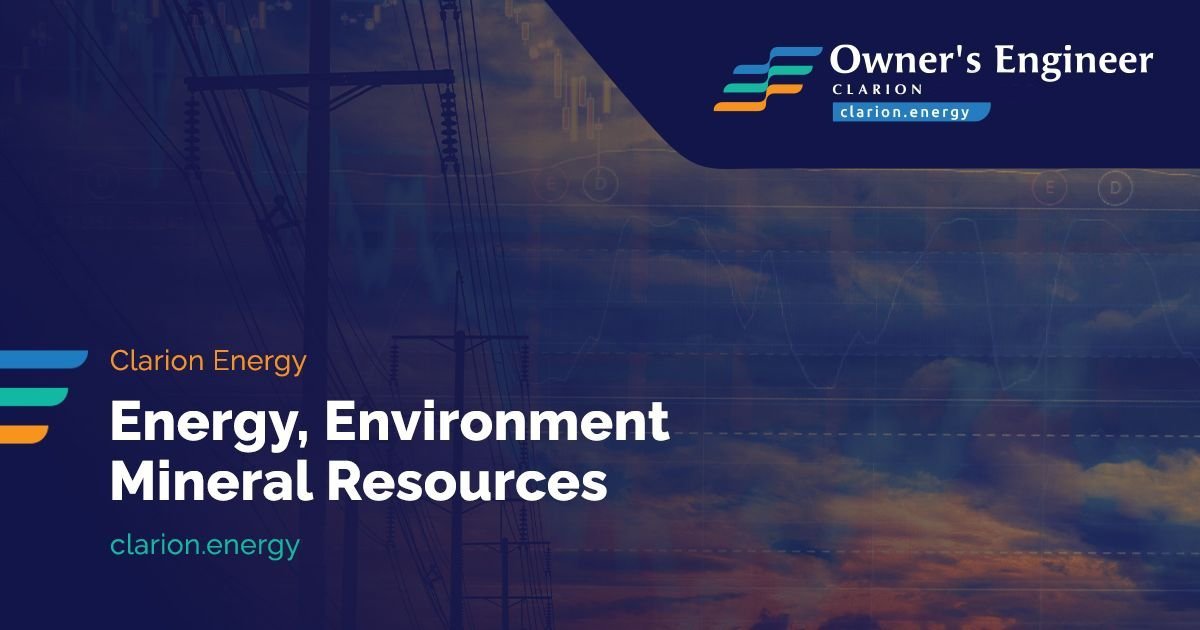Investors in wind farms are primarily driven by profit from the energy produced, often overlooking the environmental impacts of these installations. Prof. Dr. Velizar Stanković discusses this issue in Vreme, noting that the consequences of wind turbines on local wind patterns and air quality are often neglected.
Belgrade, plagued by severe air pollution due to dust, vehicle emissions, and other pollutants, has experienced record levels of pollution, matching cities in India, Pakistan and China. Historically, the city managed pollution with natural air circulation and green spaces, but rapid urban growth and increasing pollution sources have strained these natural mitigations.
As Serbia strives to meet global green energy standards, wind farms have become a major focus. Despite the benefits of renewable energy, the construction of wind farms in the northeast of Belgrade has raised concerns about their impact on local wind flow. These wind farms, with over 140 turbines, reduce wind speed and may impair the natural cleansing of air pollutants. The planned expansion with seven more wind farms near Pančevo could exacerbate this issue.
Investors in wind energy are motivated by financial gains, often at the expense of environmental considerations. The local economic benefits touted by leaders may not materialize for residents, who will face increased electricity bills due to the higher cost of “green” energy. Additionally, the end-of-life disposal of wind turbine blades, which cannot be recycled and must be treated as hazardous waste, poses future challenges that remain unaddressed.
Stanković suggests reconsidering the development of new wind farms in South Banat or relocating them to less sensitive areas. He proposes focusing on agricultural and livestock development, which could offer more immediate benefits to local communities and contribute to energy production through biomass.
Ultimately, a balanced approach that considers both the environmental and economic impacts is necessary for sustainable development in Serbia.








